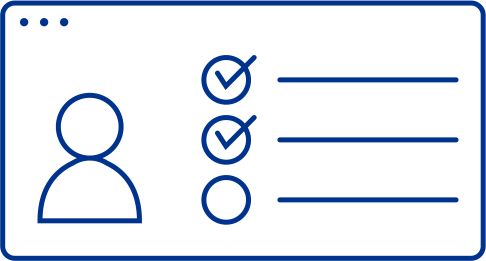New property tax assessments reveal the extent of the reform
For most taxpayers, the property tax reform has long since been completed in their minds. Three years ago, they already had to collect relevant data on their property and report it to the tax office so that it could calculate the new property tax. However, the full extent of the reform is only now becoming apparent when the property tax assessment notices are sent out. Many taxpayers are now realizing that they may have to pay significantly more property tax than before.
Correcting incorrect values can be worthwhile
The sometimes considerable property tax increases are not always only due to the changed calculation bases. It is only now that the material effects of incorrect information provided by taxpayers in their property tax returns are becoming apparent. However, the good news is that the information can be corrected. Under certain circumstances, the property tax can be reduced.
Jan Tietje
Manager, Tax
KPMG AG Wirtschaftsprüfungsgesellschaft
Errors in area information lead to high property tax
The timely submission of all property tax returns by the end of January 2023 led to major challenges, especially for taxpayers who own a large number of properties. Relevant data - such as the building area - was often not available in a suitable quality. In addition, depending on the valuation method and federal state, a distinction had to be made between gross floor area, usable area and living space. Experience has shown that quite a few taxpayers have declared an incorrect and often too large building area for reasons of caution, lack of knowledge and, not least, time pressure. Yet it is precisely the building area that is one of the biggest value drivers of property tax. Some taxpayers are now paying many times more property tax than before.
This really counts as living space
For residential buildings, the living space as defined in the German Living Space Ordinance (WoFlV) must be stated. It should be noted that not all building areas are included. For example, cellar rooms and staircases are generally to be completely disregarded. Unheated conservatories, balconies or terraces are taken into account with a maximum of half the floor area. Depending on the relevant valuation method, allowances also apply for garage areas or outbuildings. Outdoor parking spaces are not taken into account at all.
Regional differences and common mistakes in condominiums
Depending on the federal state and the assessment rate of the municipality or city, the additional burden may vary. In the case of condominiums, it should also be noted that the taxpayer often incorrectly declares the entire property area and not just the percentage share of the land. Errors that the tax office often does not discover when issuing the tax assessment notice and which therefore cost the taxpayer dearly.
Correction of incorrect information is possible in future
Many property owners therefore ask themselves whether the incorrect information can still be corrected as part of their property tax return, even if the tax office's decision was issued a long time ago and the objection period has already expired. Although a retroactive change is not possible in such a case, the incorrect assessment can be corrected for future assessments in accordance with Section 222 (3) of the Valuation Act (analogous regulations exist in the state property tax laws). The "error-correcting notification" is possible as part of a new property tax return at the beginning of the following year (i.e. currently on January 1, 2026). In this respect, it is advisable to check and possibly correct the declared values in the event of high property tax charges.

